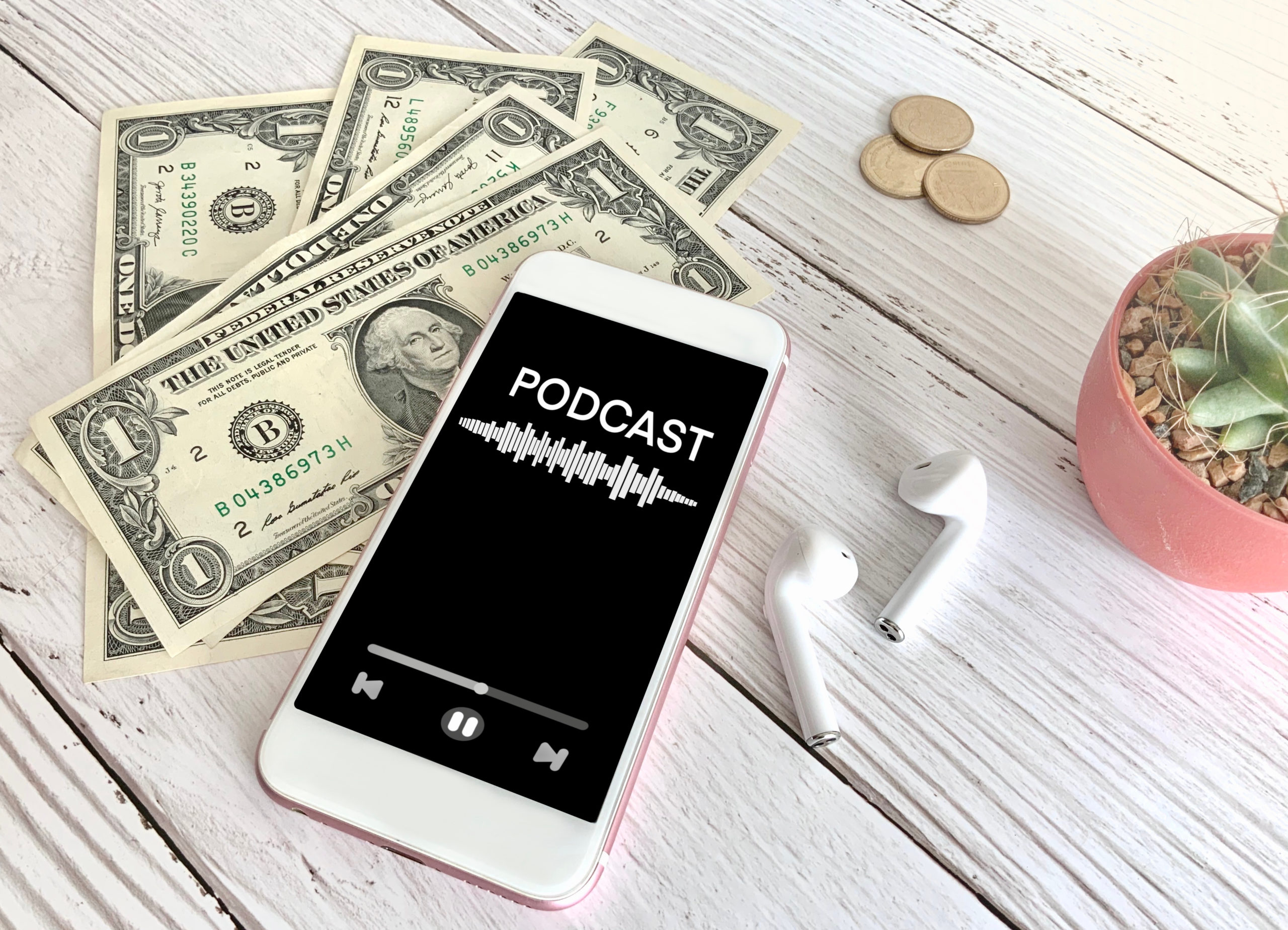
Yesterday’s post about public radio monetization had the desired effect – conversation, debate, and reflection. On the eve of the Public Radio Program Directors’ “Let’s Go Live” virtual conference next week, this is just one of the many issues that will be on the table for the growing number of attendees.
I’m on the PRPD Board, and part of the planning committee that’s responsible for putting together this year’s unique agenda. For this new experimental version of a radio conference, PRPD partnered with PMJA (the Public Radio Journalists Association) to curate sessions and keynotes of relevance to today’s challenges – and opportunities.
I can tell you the dilemma this year revolved around having too many topics of relevance and interest. We are certainly living in interesting times, and this experience confirmed for me just how important it is to do an overabundance of planning on the front end – especially for a virtual conference. I’ll be presenting a special executive summary of our Public Radio Techsurvey 2020 – the 12th in our series.
Most of the time, our gigantic websurveys of (mostly) public radio fans turn out to be tracking studies – we ask many of the same questions from past years. In most years, the key data points only differ by a handful of percentage points – at most – from the previous year.
But as we know from our personal and work experience, this is no ordinary year. Our 19,000+ respondents told us poignant stories about how their lives have been disrupted by a health crisis none of us could have expected nor knew how to navigate.
COVID has also taught us that many trends that were in motion back in 2019 (or earlier) have been turbocharged since the pandemic captivating our lives, our work, and our conversations.
Exhibit A is our annual question pinpointing how and where participants access content from their favorite public radio station. Each year, we ask them to think about a typical week, and tell us which platforms they used and how much they used them.
What we call “Traditional” listening is the sum total of consumption via “regular radios” at home, work, school, and of course, while in a car. “Digital” is everything else – streaming on any screen or device, app use, and podcast consumption.
Each year, we’ve watched the gradual decrease of “traditional” listening on the one hand, juxtaposed by the rise of “digital” usage on the other. But already in 2020, we’re seeing the byproduct of less time behind the wheel, and more time at home in environments where there may not be an available AM/FM radio.
The trend this year is unmistakable, and it sets the tone for the entire study:
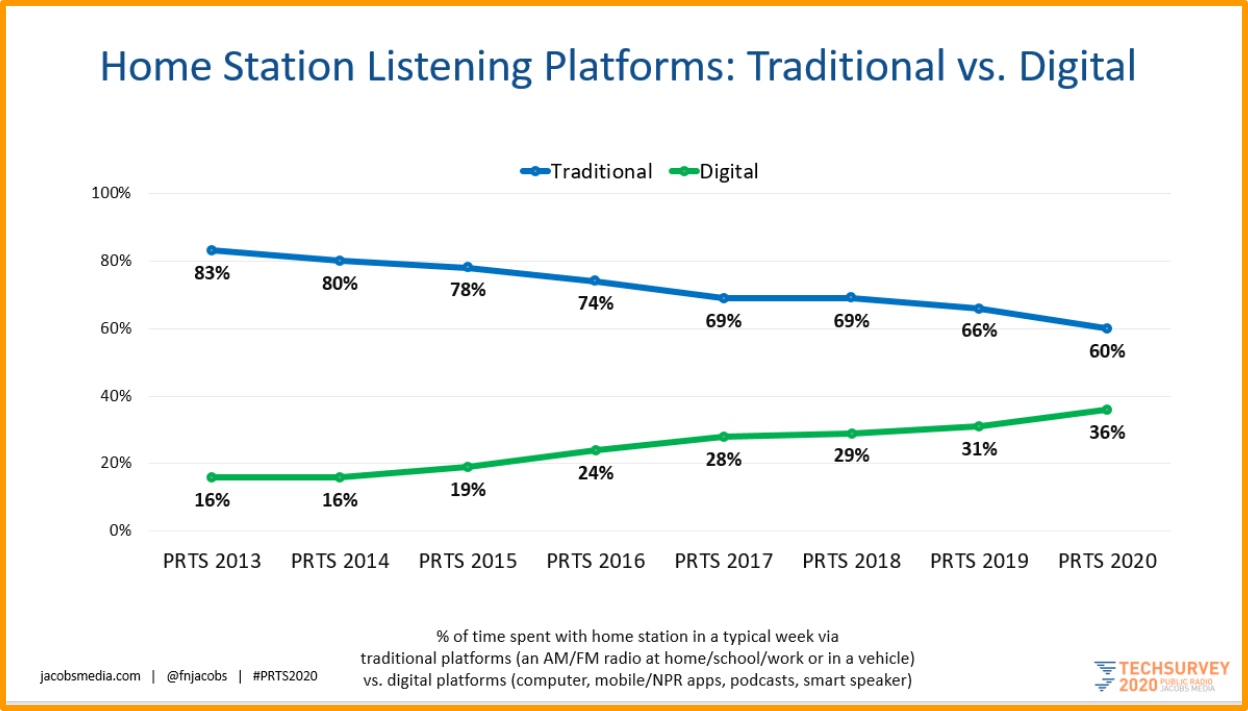
It’s a chart that instantly tells you we’re already ensconced in a new time for media, whether it’s entertainment focused, information driven, or both.
And for public radio, it’s a laser shot across the bow that illustrates how the audience is both splintering and adapting to content access on their phones, smart speakers, TV, and computers. PRTS 2020 shows precisely the generational split: It’s a story of how Millennials and Gen Xers who love public radio line up similarly on many issues and usage patterns, just as Baby Boomers and members of the Greatest Generation (born in 1946 or earlier) also are generally simpatico with one another.
For a system increasingly dependent on contributions from foundations and individuals, the stakes involved in the creation of digital content continue to rise – and fast – across the entire age and socio-economic spectrum.
Podcasting is a prime example. While the money is clearly following to on-demand audio – even in this challenged year – the competition for the podcasting audience’s time and attention has ratcheted up.
Public radio has been in a leadership role in the podcasting space since its awkward and humble beginnings. But in the last several years, many of its founding fathers and mothers have gone off to join commercial enterprises or formed new companies of their own.
These days, public radio is duking it out with all the big boys – and girls: iHeart, Amazon, Spotify, and seemingly, more new podcasting players with each passing week. There is now north of a million podcasts in the marketplace – and that number continues to rise.
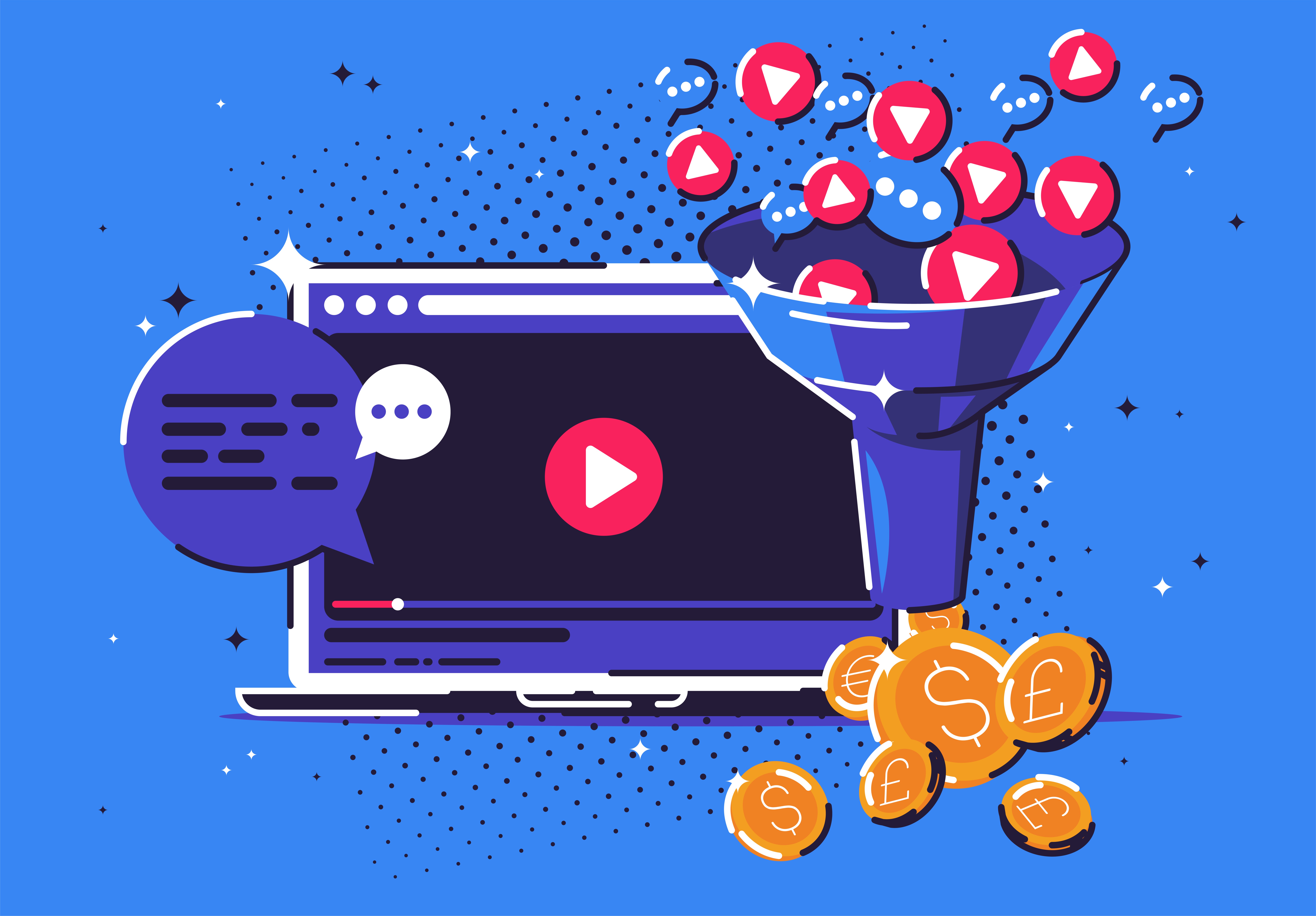 For public radio, the funding challenges have only intensified. Yesterday’s post highlighted some of the financial struggles public radio is facing, especially in the area of attracting a larger percentage of its listeners to donate. Pledge drives are the traditional way in which most of these stations have used since way back in the ’70s.
For public radio, the funding challenges have only intensified. Yesterday’s post highlighted some of the financial struggles public radio is facing, especially in the area of attracting a larger percentage of its listeners to donate. Pledge drives are the traditional way in which most of these stations have used since way back in the ’70s.
But today, content demands and monetization have matured and morphed. Consumers now accept paying for content of all shapes, sizes, and genres, whether it’s video or audio streaming, satellite radio, or podcast programming.
While the mission of public radio is to educate, inform, and enlighten all Americans – whether they have resources or not – digital delivery channels and their demands have amplified the pressures, the challenges, and the opportunities.
And as more public radio entities from NPR to local stations work in unison or on their own to deliver this content, spending more “think time” working on innovative funding and monetization initiatives isn’t just a good idea – it’s an imperative.
A case in point is a new initiative between NPR and a dozen public radio stations – “Consider This” – a daily podcast with a local piece covering daily 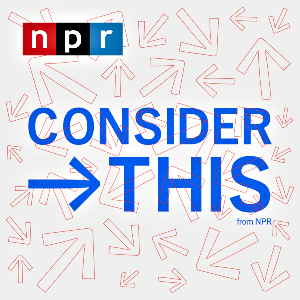 news in ten regions around the U.S. It’s ambitious, smart – and brief. Most episodes are in the 15 minute range.
news in ten regions around the U.S. It’s ambitious, smart – and brief. Most episodes are in the 15 minute range.
Like so many content challenges in public radio, smart minds collaborated to make this a reality. But the ongoing question is how to ensure these content gems are monetized commensurate with their quality?
For inspiration, look no further than Slate. You may remember it was formed by Michael Kinsley way back in 1996 as an online magazine that moved into the podcasting sector early on. It started when they hired Andy Bowers – from NPR.
A few years ago, Slate Plus was launched – a paywall. And in a new story in The Drum, monetization of the brand’s podcast content is in the center ring.
In “How Slate’s dynamic podcast marketing will supercharge its subscription business,” John McCarthy explores the brands plan – carefully shrouded to avoid competitive eyes and ears.
But David Stern, Slate’s VP of product and business development, says enough “between the lines” to fuel thought and conversation.
First and foremost, he affirms that subscription revenue is at the top 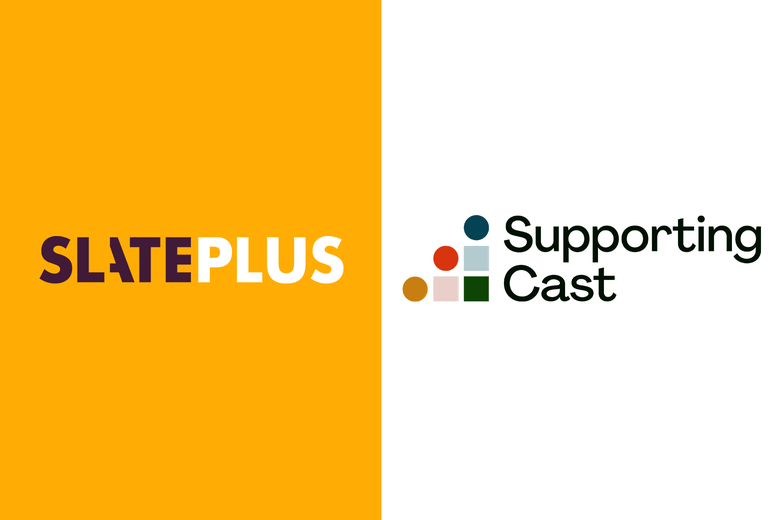 of the priority list. And to pull that off, Slate has launched Supporting Cast, a sort of third-party podcast content engine. By bringing in content creators from the outside, Slate can not only reap more revenue, but learn from these third-party podcasters.
of the priority list. And to pull that off, Slate has launched Supporting Cast, a sort of third-party podcast content engine. By bringing in content creators from the outside, Slate can not only reap more revenue, but learn from these third-party podcasters.
And in some cases, co-promote Slate podcasts with these outside shows. As podcasters know, “discovery” often comes from promos within these shows themselves. Thus, there are open avenues where Slate shows co-promote Supporting Cast productions – and vice-versa.
Another arrow in the Slate quiver is the credibility of hosts. As “live read” testimonials have worked in radio since the 1930’s, podcasters have learned about the power of its host influencers.
And they are turning to these go-to personalities to not only sell products for sponsors, but to also hawk the company’s subscription engine.
That may not be a novel idea, but the use of dynamically inserted subscriber messaging within the podcasts themselves can target and deliver specific messages in a personalized, customized manner – again using the voice of the hosts.
These messages and reminders can run the gamut – asks for updating credit card info (a huge deal), thank-yous, perks, new offers, and of course, more podcasting cross-promotion based on previous listening patterns.
Here’s an example:
It’s an interesting concept, but there’s no way Steve Inskeep, Ira Glass, Mary Louise Kelly, and Peter Sagal couldn’t be just as clever, personal, and strategic.
In the same way Apple and Amazon have profited from third-party apps and e-commerce stores respectively, Slate has its sights set on a similar rev share model with other podcasters.
In the final analysis, Slate’s goal is to create more ways to monetize its content – as well as the productions of others. Along with that, growing its subscriber base, and creating stronger connection with its paid customers.
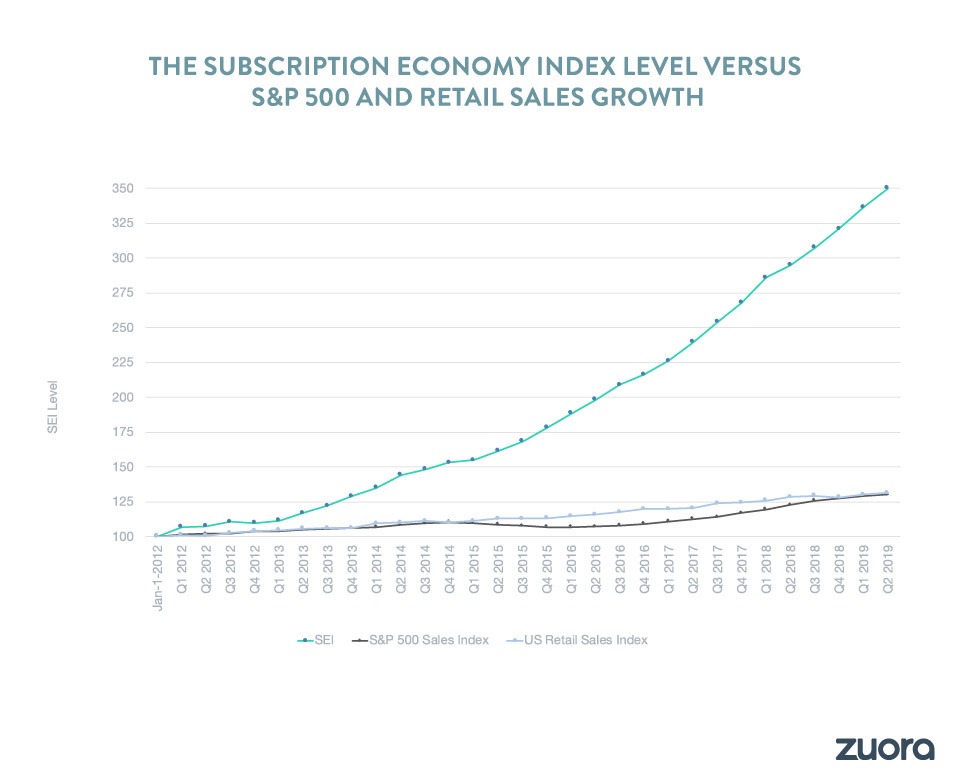 And the Subscription Economy is proving to be a juggernaut. It’s at the heart of Slate’s strategy – and something that should be on the table in public radio circles. Zuora, which produces the SEI – the Subscription Economy Index – reported growth of 350% over the previous 7½ years.
And the Subscription Economy is proving to be a juggernaut. It’s at the heart of Slate’s strategy – and something that should be on the table in public radio circles. Zuora, which produces the SEI – the Subscription Economy Index – reported growth of 350% over the previous 7½ years.
Imagine what this curve will look like when 2020 subscriptions are totaled up.
Somewhere in all of this is a public radio option. Perhaps it’s a “freemium” model like The New York Times and other top of the line media brands have employed. Much of the content is free for anyone to access. But the really good stuff is behind a pay wall, requiring a subscription to access.
So, if the broadcast piece of public radio is the free part, while the podcast piece is premium content, is that a strategy?
I don’t have all the answers, but I know this: Public radio is facing many of the same challenges as many media brands. But unlike Slate and many others, it has an even larger podcast portfolio and an infinitely more successful one.
NPR and related public radio brands are far more popular and respected. As we showed yesterday, word of mouth – yes, loyalty – is at the core of the system’s success these past several decades. And public radio staffers – up and down the line – are some of the smartest, most thoughtful communicators and content creators on the planet.
Rather than competing for dollars against great causes like the Red Cross, the ASPCA, and the World Wildlife Fund, why not go up against Amazon, Apple, Spotify, and yes, Slate, for the semi-trucks full of subscription dollars?
Perhaps a key is changing the audience’s mindset of viewing support for public radio as a content investment versus a charitable donation.
These days, in particular, the content an individual or a family opts to bring into their lives has become need-to-have. Charitable donations often find themselves on the nice-to-have list. Converting “sustainers” and “annual givers” to ongoing subscribers is an attainable goal.
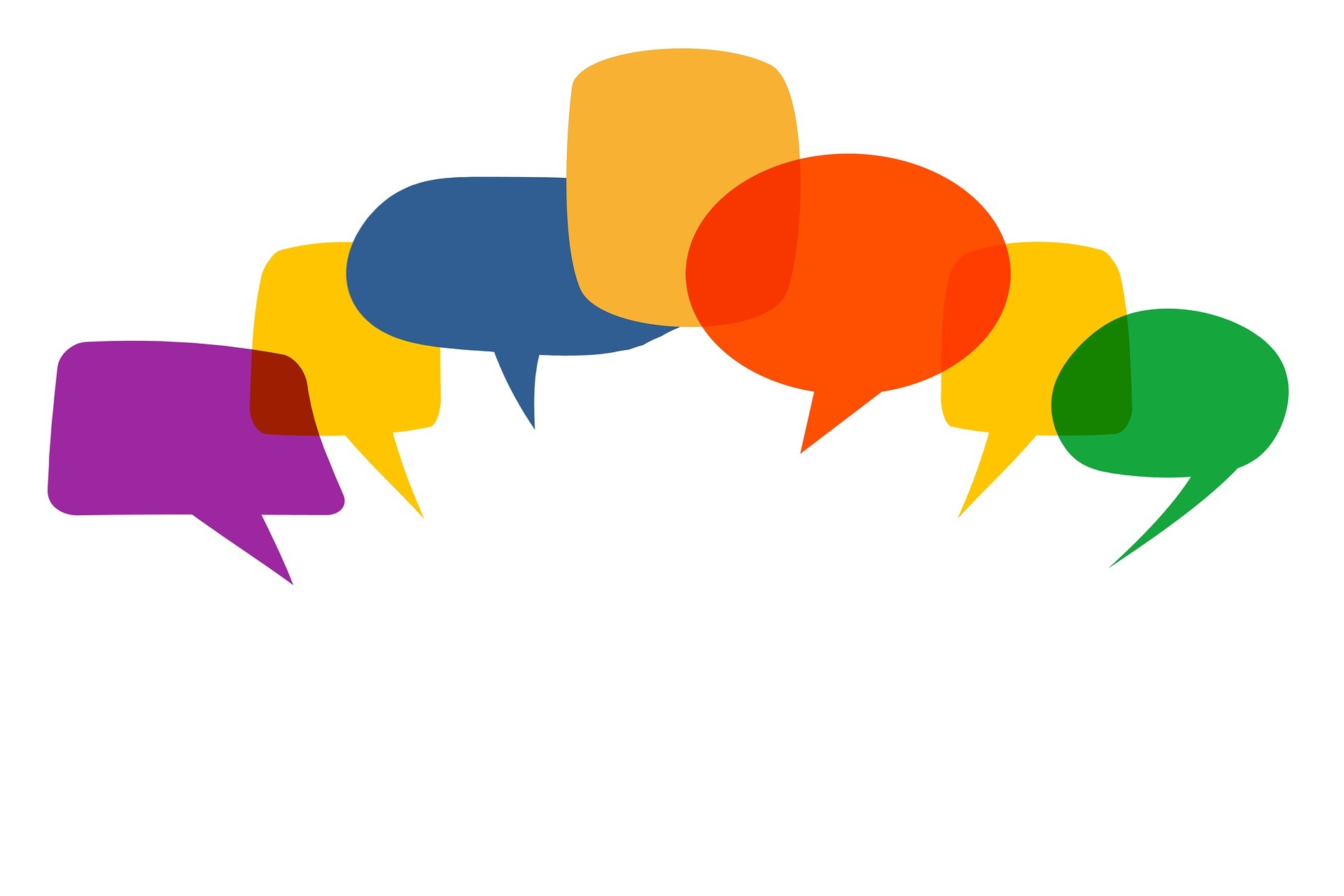
For public radio, all the pieces are there. But that same energy, creativity, and innovative spirit that goes into producing great audio content must now be refocused into personalizing and customizing content, while transcending pledge drives and tote bags, and moving into more sophisticated, intuitive, and high-touch ways to connect with its fans.
Let’s talk about it.
“See” you at the “Let’s Go Live” conference.
There’s still time to register for next week’s “Let’s Go Live” conference. And you won’t have to pay for airfare, hotels, and big bar tabs. Registration info and the entire schedule is available here.
- What To Do If Your Radio Station Goes Through A Midlife Crisis - April 25, 2025
- A 2020 Lesson?It Could All Be Gone In A Flash - April 24, 2025
- How AI Can Give Radio Personalities More…PERSONALITY - April 23, 2025




A thought provoking idea here Fred. Knowing you, I think that’s what you’re going for.
The biggest challenge to adopting a subscription model in public media is accessibility. The core mission of public media is that great content, whether it be news, education, or music, is freely available for all regardless of socioeconomic status. ALL content, not the majority, without a barrier to access it. A subscription model creates a barrier, a literal paywall. I know of some in public media circles who view online content itself as a barrier since many still don’t have easy access to the internet. I’d argue that a pure subscription goes against the mission of public media.
That being said, I think there is one insight in here that is extraordinarily valuable – dynamically inserted messaging. This could be a way to target potential donors or existing donors in the same situation. It may be a heavy lift for a number of public media stations to start creating online profiles, but it’s an opportunity for someone’s digital department to figure out. NPR is already dynamically inserting content on Consider This based on location.
One other thought that comes from this – is there something that public radio can offer that is ALMOST like a subscription but doesn’t entirely run against the idea that all content needs to be accessible. Public TV has PBS Passport, which is a streaming service offered to donors. The content is effectively still available on the TV station, this is just a service that provides fully on demand access. Plus, it’s putting the content on a platform that the typical user likely has the resources to pay for it.
Excellent points. But there is, in fact, already a barrier to full public access during pledge drives on public stations: Some stories are lost entirely to over-the-air listeners while the local guys and volunteers (yes, I’ve been one of them) plead for dollars. I know I can trawl NPR’s website later to recover much of what was lost, but that’s a hassle because I turn on the radio to hear the program conveniently while I’m engaged in other routine activities for that time of day (washing, brushing, exercising, brewing coffee, etc). Who wants to wait until the computer browser’s up and running in my office, when my attention really shouldn’t be divided?
Fortunately, through my home AV receivers I can stream NPR stations elsewhere in the country that aren’t pledging that week, without disrupting my normal routine–so long as I’m willing to hear the weather in, say, Laramie WY instead of my own state. Where there’s a will, there’s a way.
To a degree that’s true, however stations typically focus their on-air pitch breaks around the stories that aren’t as essential. For example, the major stories covered on Morning Edition and All Things Considered come during the first segment and stations will likely keep that in full. Both programs provide their rundowns and cutaway opportunities so stations can decide where they may include a local insert. In addition, stations have to make that call on a daily basis to decide where their locally produced stories and newscasts go. So even on an average day, most NPR stations won’t air every segment. If there is a segment missed there isn’t a purely monetary barrier from revisiting it on NPR’s website, just an internet access barrier which is another discussion being had in public media.
Additionally, stations have been changing their approach to on-air fundraising over the years. Instead of taking a week or more on the air, some now run more spots (where they would be playing promos or other announcements anyway) leading up to fewer days of full pitching. They also have additional resources like email to attract new members and sustaining memberships to keep existing members from lapsing. Not every station has transitioned in this direction, but many have needed to re-think on-air fundraising due to the pandemic so more could be shifting in the near future.
Thanks for advancing the conversation, Jeff. Issues of this magnitude need to volleyed back and forth, especially during a year when the system has been disrupted, layoffs are occurring at public radio stations locally and at the network level. Finding funding alternatives that are consistent with public radio’s mission, but that also stimulate the flow of new dollars into the system was what I’m hoping for.
An interesting follow up to yesterday’s post about public radio fundraising. This train has been barreling down the tracks for years yet public radio is still wedded to the tried the true tactics we’ve relied on for decades. There is a great deal of comfort in the familiar, trying new things is difficult, especially in a small or medium sized station where the margins are thin. However, staying put is not an option, that is clear.
We’re on the same page, Abby. More of the same isn’t going to advance the cause. Thanks for engaging on this.